All across the world from Sao Paulo to Philadelphia, Lean Startup Machine workshops are selling out. The methodology is based off of Eric Ries's best-selling book The Lean Startup and has been endorsed by companies such as IDEO and Facebook. Last weekend, I decided to join the movement and sighed up for Lean Startup Philly. It was an experience where I had to shift gears from being a designer focused solely on aesthetics and to the mindset of a business mogul. This was especially hard at the beginning of the intense weekend-long workshop where I had no idea what to expect, or even what I was capable of. This was particularly intimidating as I shared the weekend with promising coders, engineers, techies and young business-savvy students.
Lean Methodologies force you to drop your idea and focus in on your customer and their problem which you are trying to solve and then "get out of the building" and test them with real customers. The theory is that only through repetitive testing of these two pieces will you find a true product market fit. In the beginning my team, consisting of fellow Museum Exhibition Planning and Design graduate students from the University of the Arts, had difficulty utilizing the validation board process encouraged by Lean Startup. However, we were thankful to quickly bring on board an entrepreneurial teacher and enthusiast from the Springside Chestnut Hill Academy, Rahilla Zafar. Her patience and knowledge helped turn us on to strategic thinking quicker than we thought possible.
The project we came to work on, which we started about a month prior to Lean Philly, concentrated on making a completely immersive museum experience which would entice anti-visitors who have rare to non-existant desires to visit a cultural institution. As exhibition designers, we could easily envision the type of interaction experience we wanted to bestow on these visitors. As newly business-thinking graduate students in the middle of a weekend-long boot camp, we discovered our idea was not really "needed" for these types. So, as you do in the entrepreneurial world, you "pivot" to target a real need and reevaluate your solution.
We achieved this by interviewing potential customers. This is a crucial process of Lean Startup, and particularly for our group, it was essential for figuring out who exactly our "customer" (perhaps in our case visitor) is and what they need. We knew we wanted to create an immersive museum experience -- making learning fun -- be unconventional and show that any person can be a museum goer. As we started doing our homework and talking to people in Ikea, movie theaters and even bars -- the biggest and most important feedback we received was that most people do enjoy museums and learning, they are just easily bored and often are reluctant to come back due to time, fatigue, and of course, prices of exhibitions.
Over a short break at Lean Startup over some dinner, we were losing excitement and strength for the project. We had hit a wall. How do we bring all of the information we collected together to make a cohesive product solution? Thanks to the many great mentors at Lean, many of which are startup success stories, we fleshed out our ideas to get to the next level. And after many more conversations with potential customers, we had an idea.
As museum studies students, we often talk about the non-visitor. Museums inherently give threshold fears to those who visit, giving visitors a certain feeling that they are, in fact, walking into a place of authority rather than leisure. And those who do not visit museums for that very reason still like to learn and have fun, but not by reading exhibit text, looking at objects through plexiglass or even interactive exhibition components. After some deliberation and strong collaboration (including some tired laughs and lots of carbs and coffee) we decided our solution to be: Meanwhile...
Meanwhile... bridges the gap between the fun of learning by accident and experience with after-hour leisure. It targets those interested in the museum experience, but also those who are less-likely to visit museums, but still enjoy learning. We plan to work with already existing museums in Philadelphia to supplement their exhibition experience with a fun night life alternative that fully engrosses the visitor in the story. We realized in the process museums themselves may actually need this to engage a broader audience. And after identifying this -- the fun part came next: creating visual examples and pitching to our Lean colleagues.
We received great feedback from the Lean Startup participants as well as the mentors. Everyone seemed thrilled about the project and although we didn't win, we certainly walked away with a sense of where to take the project next. But the bottom line is; no matter your background and/or creative process, you're perfectly capable of suiting up with some of the most exciting minds and creating a product (or in our case, an experience) and getting your pitch out into the world.